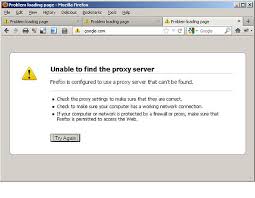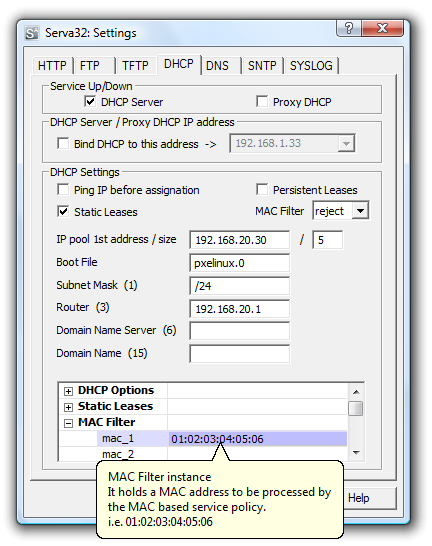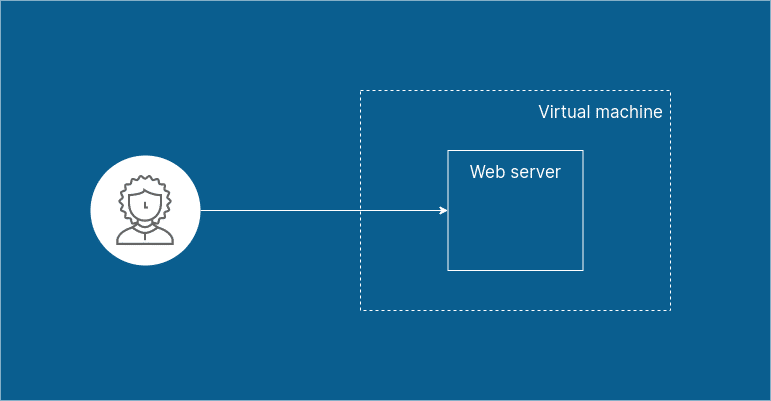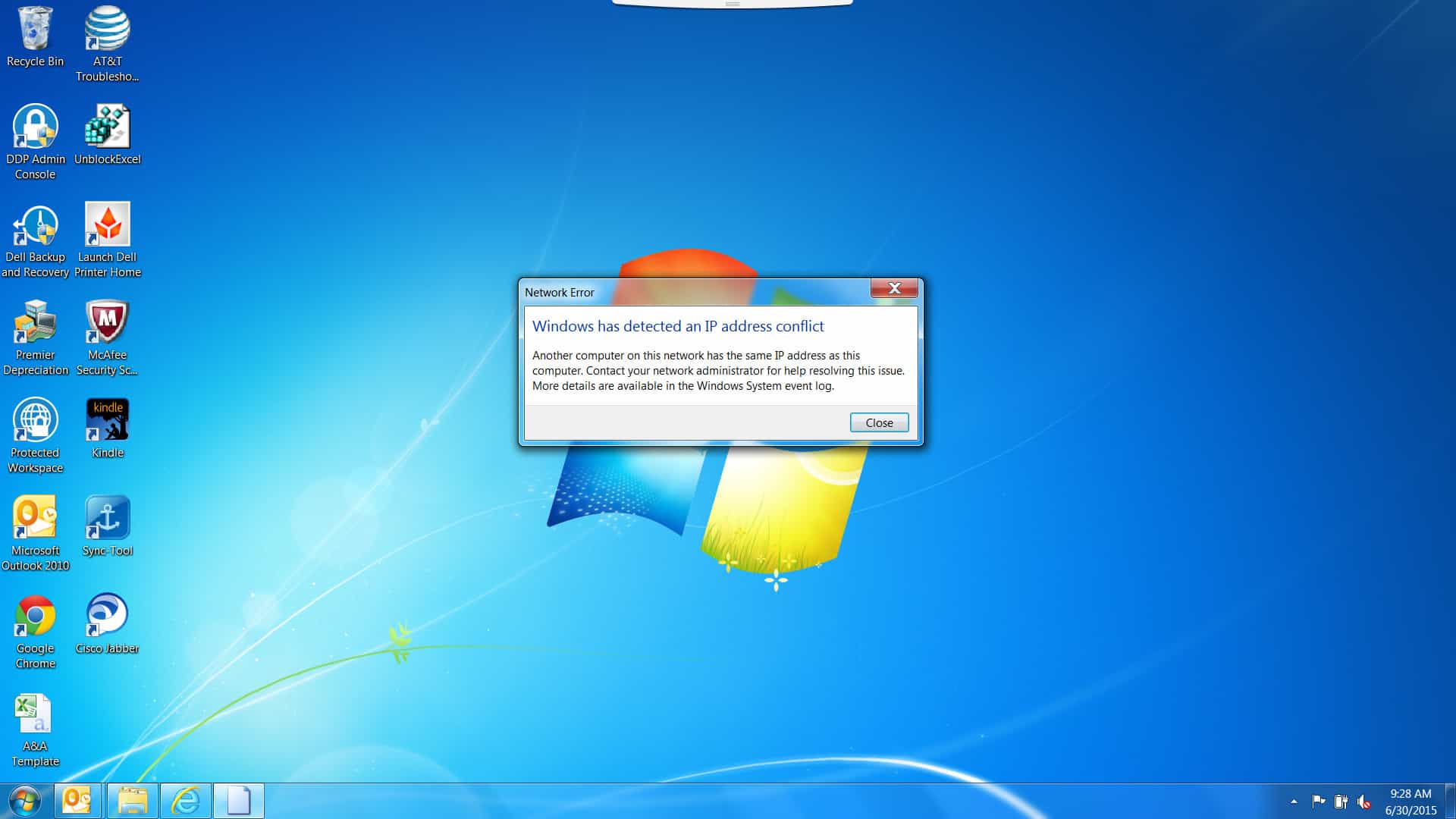
Setting Up Proxy Servers
How to Set Up a Proxy Server on Your PC, Mac, or Web Browser
As for what a proxy server is, think of your proxy as a gateway between you and the internet. When you visit a website, the proxy server communicates with it on behalf of your browser. Then, when the website answers, the proxy forwards the data to you.
Proxy servers can do many jobs. These include scanning for viruses, acting as a firewall, speeding up your connection by caching, and hiding your public IP address.
You have lots of choices when it comes to internet privacy. There’s a lot to learn, such as understanding what a reverse proxy is or distinguishing between VPNs, proxies, and Tor. If you want dependable protection and encryption for your internet traffic, consider a VPN. Avast SecureLine VPN hides your data from snoopers and protects your online identity, and it’s also much easier to set up than a proxy server.
There’s no similar guarantee of protection with a proxy, especially if you’re using one of the many web-based proxies available online. These public proxy services may slow down your service, and even worse, they may be insecure. Instead, we suggest you learn how to set up a proxy server on Windows, MacOS, and the most popular web browsers.
If you’re configuring your browser to use a proxy operated by a company, school, or other similar organization, some of these instructions may require you to contact your IT staff. This is the case particularly when you are asked to manually enter a script name, formally called a proxy auto-configuration (PAC) file. You may also need to type in the proxy’s IP and port numbers. In both cases, turn to your IT helpdesk if you haven’t been given this information. If you’re using a proxy that you’ve purchased or created on your own, you’ll already have these details.
How to set up a proxy server in Windows
Here’s how to set up your Windows PC to use a proxy server on Windows 8 or Windows 10:
Press the Windows + I keys simultaneously to access the Windows Settings menu.
On Windows 10, click Settings > Network & Internet > Proxy. On Windows 8, click Settings > Network Proxy.
Under the Manual Setup section, set the “Use a Proxy Server” toggle to On. Make sure the “Automatically detect settings” toggle is also on.
By default, Windows automatically checks to see if your business, school, or local network already has an automatic proxy server setup ready to run for you. If it does, Windows tells you its name, and encourages you to follow its instructions.
Assuming that Windows finds a PAC file, in the Automatic Proxy Setup, set the Use Setup Script switch to On.
Enter the script address and click Save.
Congratulations! You’re done and ready to proxy.
How to manually set up a proxy in Windows 8 or Windows 10
Not every organization sets up the process automatically. If you need to set up a proxy manually in Windows 8 or Windows 10, here’s how to do it.
To access the Windows Settings menu, press the Windows + I keys simultaneously.
On Windows 10, click Settings > Network & Internet > Proxy. On Windows 8 systems, click Settings > Network Proxy.
Scroll down to “Manual proxy setup” and set the “Use a Proxy Server” switch to On.
In the address field, type the proxy server name or IP address. In the Port field, enter the proxy port number. You can get these from your IT support tech.
If the proxy server is protected by a password, select the “Proxy server requires password” checkbox. Enter your account name and password in the Username and Password fields.
Click Save.
That’s all there is to it. You’re now set up to use your proxy server on Windows. The next time you use the internet, you’ll be using the proxy server.
How to set up a proxy server on a Mac running macOS
Here’s how to set up a proxy server on a Mac running macOS 10. 15 Catalina. Other macOS versions use essentially the same commands.
Open System Preferences. One way to get there is to click on the Apple menu > System Preferences.
Choose the Network icon to adjust connectivity settings.
Select the type of network you use, which is usually Ethernet or Wi-Fi.
Click Advanced > Proxies.
To automatically configure your proxy server settings, select Auto Proxy Discovery. Click on Secure Web Proxy (HTTPS). Type in the proxy server address and its port number in the fields on the right.
To use a proxy auto-configuration (PAC) file, select Automatic Proxy Configuration and enter the proxy address into the URL field.
Click OK to save the proxy setup.
You’re now ready to surf the internet via your proxy.
How to set up a proxy in Google Chrome
By default, Chrome uses your macOS or Windows proxy. To change your proxy settings from within Chrome, take the following steps:
Open the Chrome toolbar and select Settings.
Scroll down to the bottom of the display. Click on Show advanced settings…
Scroll down to “System” and choose Open your computer’s proxy settings.
Next, go back to the instructions for your operating system listed above to set up your proxy server settings and follow them.
In short, to set up a proxy server in Google Chrome, you’re just doing the first few steps in the browser, and then completing the process in your machine’s operating system.
How to set up a proxy server in Safari
Like Chrome, Safari’s default setting is to follow the proxy configurations within your OS. Here’s how to change your proxy settings from within Safari:
Click on Safari in the browser toolbar. Choose Preferences.
Click on the Advanced tab. Under “Proxies, ” click Change settings…
Next, you must go back to the instructions for macOS listed above to set up your proxy server settings and follow them.
How to set up a proxy server in Edge
Edge is Windows 10’s built-in web browser, and unless you tell it otherwise, it’ll use your proxy configurations in Windows. The latest versions of Edge are based on Chrome, so the configuration is similar. The following steps show you how to set up a proxy from within Edge:
In Microsoft Edge, at the top-right corner, click the Menu button. Select Settings.
Scroll down to the Advanced settings section and click the View advanced settings icon.
Click the Open proxy settings button.
Next, go back to the instructions for Windows 10 listed above, then follow them to configure your proxy server settings.
How to set up a proxy server in Firefox
Unlike other web browsers, Firefox doesn’t default to using your system’s proxy settings. You’ll need to change your proxy from within Firefox:
Open the Firefox menu and select Options.
Click on the Advanced icon.
Select the Network tab.
In the Connection Settings, select, Auto-detect proxy configuration for this network. When prompted, enter the proxy address.
Alternatively, in the Connection Settings, you can select, Use system proxy settings. If you choose that option, Firefox uses the proxy settings in your operating system.
Click OK to save your settings.
How to set up a proxy server in Internet Explorer
Please keep in mind that Internet Explorer is an outdated web browser. Instead, switch to a browser that’s still receiving regular updates and support, such as Avast Secure Browser, Chrome, Edge, Firefox, or Safari. Though since quite a few people and companies still use Internet Explorer (IE), you should know how to set things up when necessary.
As with other browsers, IE defaults to using your Windows proxy configurations. Here’s how to set your proxy up from within IE.
Open the IE toolbar and select Internet Options.
Open the Connections tab.
Select LAN Settings.
Check the “Use a proxy server for your LAN” box.
When prompted, enter the proxy server name and port number.
How to set up a proxy server in Android
With Android, you must configure proxy settings for each network you use. In addition, the proxy will only be used by your web browser. Other internet applications may choose to use or ignore the proxy based on their own internal settings. This is another reason why VPNs tend to be better choices — when you use one, it covers all the internet traffic from your device.
Open Android’s Settings and tap Wi-Fi to view a list of Wi-Fi networks.
Long-press the Wi-Fi network name for which you want to change the proxy settings. Tap Modify Network.
Tap Advanced Options.
Tap Manual to change your proxy’s settings. Enter your hostname and proxy port.
OR
If you have a Proxy Auto-Config (PAC) file, select Proxy Auto-Config and Android will prompt you to enter the PAC address.
Tap SAVE.
How to set up a proxy server in iOS
Go to Settings > Wi-Fi.
Select the active Wi-Fi connection.
Under HTTP proxy, click Configure Proxy.
Tap Manual to change your proxy’s settings. Enter your host name, proxy port, and, if needed, your authentication username and password.
If your provider supports Web Proxy Auto-Discovery Protocol (WPAD), tap Automatic. If required, enter the Proxy Auto-Config (PAC) file location.
Tap back to the Wi-Fi selection window.
Protect your online anonymity the easy way
Proxy servers have their uses, particularly within large organizations. However, setting one up requires a bit of work, and this is a job typically entrusted to network administrators and other IT professionals.
Avast SecureLine VPN is an internet privacy solution that’s both simpler to use and far more protective of your identity and online activities. A single click or tap of a button gets you encryption that keeps you anonymous online and prevents anyone from snooping on your sensitive personal info, such as your online banking, health info, or private photos. Enjoy true online privacy on your desktop, laptop or mobile device with a VPN that’s as convenient as it is secure.

How to Create a Proxy Server (2021) – Alphr
Proxy servers are beneficial because they act as mediators between your computer and the internet. They make online requests for you, and then they return the requested information. If you want to create a proxy server yourself, know that it isn’t as difficult as it on for more details about proxy servers, their uses, and instructions for creating a proxy server. Note that this article will provide instructions for creating a proxy server using the Windows and Mac operating Servers 101What is a proxy server? It’s a mediator or a replacement server. It allows your computer to connect to the internet using a different IP address. In simple terms, proxy servers add an extra layer of privacy to your online presence and can also save a lot of bandwidth in certain using a proxy, internet traffic and files can be compressed, and all the unnecessary parts can be left aside (e. g., annoying ads on web pages). Proxies are very useful to companies with a large number of employees on the same wireless network, as they can ease the bandwidth traffic of a single servers are also faster because they look up cached website versions, without downloading any other unnecessary files. Proxy servers can be divided into two simple categories, private and public. Generally speaking, private proxies are much faster because fewer people use them. Private proxies are also far safer for the very same terms of privacy and security, when compared to a VPN service, a proxy server is far less effective. If you’re looking for a VPN, check out NordVPN, it’s one of the fastest and safest virtual private Uses of Proxy ServersProxy servers are mostly set up by schools, employers, and other places where there are a lot of people connected to the same network. Proxies give the owners of the network a better view and control of what’s going use the internet in a school, for example, you must connect to your school’s proxy network. Proxies are the reason why network administrators block many websites with ease. But what is defending the proxy server? Well, it’s probably just a basic firewall. That’s how the sites are restricted, and nothing should penetrate the network. If there are any breaches to the firewall, you can bet they’re coming from malware or an intruder to your don’t need to own a business, or anything else to set up a proxy. Feel free to install it in your home, if you have multiple devices and want better control over the household’s internet use. Spoiler alert, your kids aren’t going to enjoy a proxy as much as you will! How to Create a Proxy Server on WindowsThere are two basic ways you can create a proxy server on a Windows computer. One is with an automated script, and the other method is manual. Let’s start with the instructions for using the script:On your Windows computer, launch the Settings (Start>Settings) on the Network and Internet on Proxy the Use Setup Script the script address you were given (by your employer, school, or another server owner. ) and select Save. You can then exit the settings, and the script should become effective other way around is creating a proxy server manually:Once again, open your Windows Network and Internet Use a Proxy Server under the Manual Proxy Setup the IP under the Address tab, and the Port number in the appropriate you’re done, Save the changes and exit this to Create a Proxy Server on MacCreating a proxy server on Mac computers isn’t difficult either. Here’s how to do it:Start the System Preferences the Network the Advanced option and select, select the Proxy option. Here, you can set up the proxy automatically if you choose the Auto Proxy Discovery, and your computer will configure everything on its ternatively, you can do it manually. Then, you must click on the type of proxy, enter its port, and address in the appropriate fields (port is the smaller one). You might also need to enter the proxy server credentials in case the server is password you’re done, click on OK to save the changes and create the ’ll notice various types of proxy servers. HTTP is the most popular one, but it isn’t very safe, while the HTTPS is a more stable version of HTTP. Finally, SOCKS has many uses, e. g. it’s excellent for torrents, but it’s significantly slower than other types of Proxy Servers Enough? Proxy servers are handy, depending on your needs. If your chief concern is security, and online privacy, then using a VPN service is a better choice. Still, proxies are very popular and have many uses. Schools and workplaces, for instance, couldn’t function without you setting up a public or personal proxy server? Let us know in the comments section below and tell us if you’re satisfied with the results.

Is using a proxy server legal?
Yes, it is legal to use a proxy server. Proxies have many different uses, including enabling remote work; setting up a support system for users who are located outside a particular network; protecting networks and Internet users from malicious content; streaming online content from outside a country and more.
When are Proxy Servers Illegal?
Keep in mind that there are some circumstances in which using a proxy server is illegal. For example, some websites stream content that is only available to audiences who have paid their license fees to access it. If you did not pay license fees and tried to access that content via a proxy server, that act would be considered illegal.
Why Use a Proxy Server?
Let’s say you are living in the United Kingdom, and trying to log onto a U. S. based website to watch educational documentaries or your favorite TV programme. However, you discovered that IP addresses in the UK have been blocked. Don’t feel down just yet because proxies allow you to circumvent web filters that are blocking you from your geographical location.
There is content out there that may have been produced for individuals to view for free, so why shouldn’t you be able to view or access it? As long as using proxies do not appear to be an infringement of copyright law, you can use proxies to stream content while enjoying complete peace of mind.
Good Practices for Using Proxies Legally
Before you use a proxy server to stream any content that has been blocked in your geographical location, you should carefully read the target website’s terms and conditions. This practice ensures you avoid breaking any terms and conditions that may lead the target website to take legal action against you.
At Proxy Key, we offer stellar proxies that grant you instant access to your favorite content online with just a few clicks. Contact us today for more information.
Frequently Asked Questions about setting up proxy servers
How do I setup my own proxy server?
How to Create a Proxy Server on WindowsOn your Windows computer, launch the Settings (Start>Settings).Click on the Network and Internet option.Click on Proxy settings.Enable the Use Setup Script option.Enter the script address you were given (by your employer, school, or another server owner.) and select Save.Mar 26, 2021
Is it illegal to use a proxy server?
Yes, it is legal to use a proxy server. Proxies have many different uses, including enabling remote work; setting up a support system for users who are located outside a particular network; protecting networks and Internet users from malicious content; streaming online content from outside a country and more.
Should I set up a proxy server?
A proxy server reduces the chance of a breach. … Because proxy servers can face the internet and relay requests from computers outside the network, they act as a buffer. While hackers may have access to your proxy, they’ll have trouble reaching the server actually running the web software where your data is stored.Jun 20, 2016


